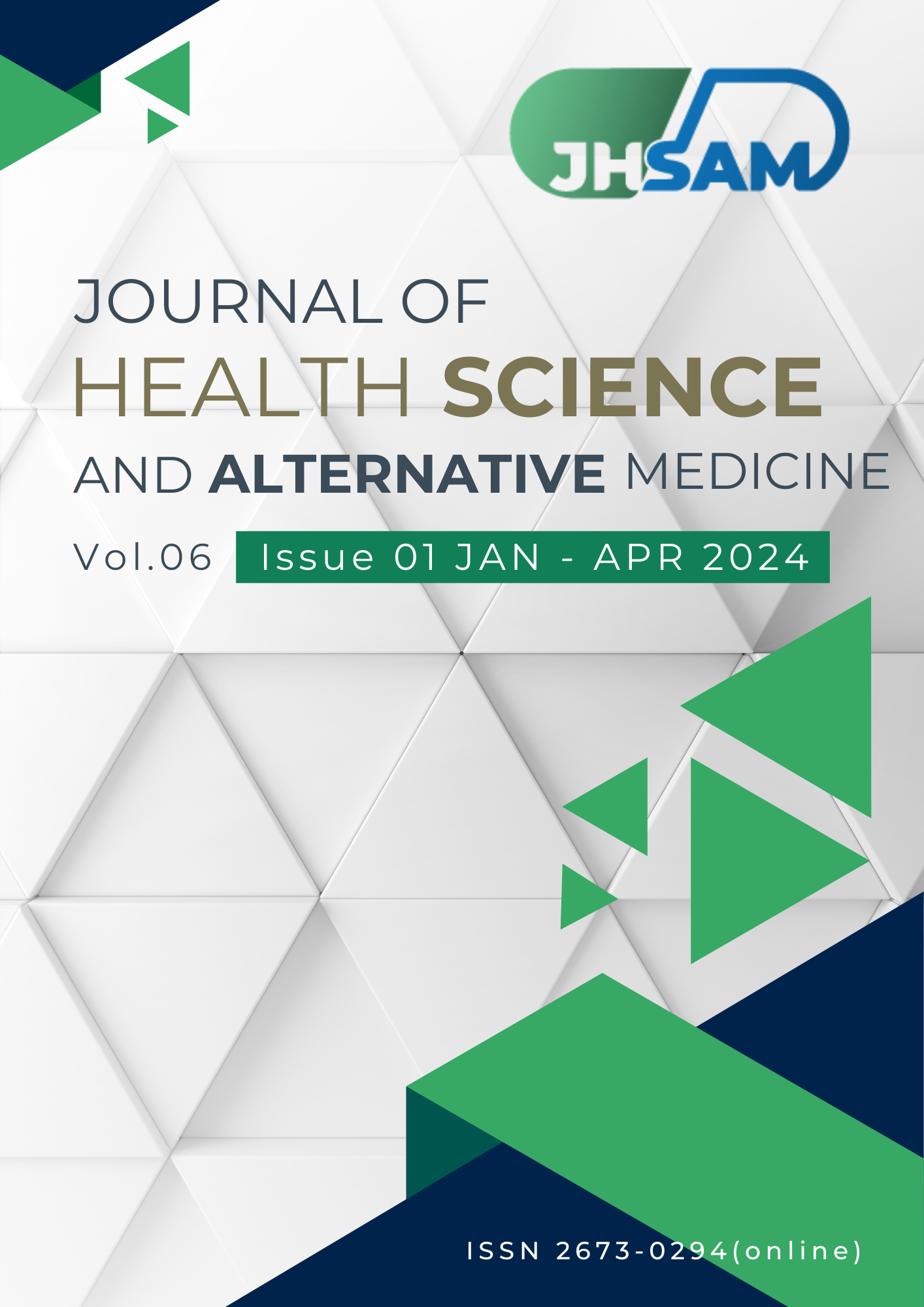Factors Affecting the Effectiveness of Auditory and Speech Development in Pre-Lingual Deaf Children After Cochlear Implantation
Main Article Content
Abstract
Introduction: A cochlear implant (CI) is an electronic device provided for deaf patients. Congenitally deaf children generally have delayed speech and language development due to hearing impairment. The aim after implantation is for patients to have speech development the same as normal-hearing children and to be able to communicate with other people by verbal language. However, some children provided with a CI at Siriraj Hospital were still unable to use spoken language and had delayed speech and language development. This study aimed to examine factors that affected the outcomes after cochlear implantation at Siriraj Hospital.
Methods: Sixty pre-lingual deaf children with CI were included in the research, which was a retrospective study. Three main related factors, consisting of age at implantation, duration of hearing deprivation, and multiple disabilities, were reviewed that affected the development in CI patients. The data were collected from Siriraj's outpatient department (OPD) documents between 1 January 2014 and 31 October 2022. The auditory and speech developments of participants in this study were compared with developmental milestones.
Results: The findings showed that 14 patients had auditory and speech developments similar to children with normal hearing (23.3%), and 46 samples experienced delayed developments (76.7%). The duration of auditory deprivation showed significant differences between successful and unsuccessful patients (p-value<0.05), while ages at implantation and multi-disabilities were not statistically different.
Conclusion: The significant factor affecting the auditory and speech development of CI patients from Siriraj Hospital was the duration of auditory deprivation. Samples who had periods of auditory deprivation more than or equal to 1.5 years tended to be more unsuccessful than those ages less than 1.5 years by 5.5 times.
Keywords: Cochlear implant, Auditory deprivation, Hearing loss, Pre-lingual Deafness, Speech development
Article Details

This work is licensed under a Creative Commons Attribution-NonCommercial-NoDerivatives 4.0 International License.
JHSAM publishes all articles in full open access, meaning unlimited use and reuse of articles with appropriate credit to the authors.
All our articles are published under a Creative Commons "CC-BY-NC-ND 4.0". License which permits use, distribution and reproduction in any medium,
provided that the original work is properly cited and is used for noncommercial purposes.
References
Adam F. What's to know about deafness and hearing loss? 2023. Available from: https://www.medicalnewstoday.com/articles/249285 [Accessed 2023, July 18]
American Speech-Language-Hearing Association. Type, degree, and configuration of hearing Loss. Audiology Information Series. 2011.
Grades of Hearing Impairment. Geneva: World Health Organization. 2008. Available from: https://ec.europa.eu/health/scientific_committees/opinions_layman/en/hearing-loss-personal-music-player-mp3/figtableboxes/table-4.htm [Accessed 2023, January 31]
Lertsukprasert K. Hearing Abnormalities. 2nd edition. Khon Kaen: Khon Kaenthuraphan Ltd. 2007. (In Thai)
Luangpitakchumpon P. Hearing and speech abilities of deaf children using cochlear implants aged 1-5 years. 1st edition. Bangkok: Eakkarnpim Ltd. 2010. (In Thai)
Tammasaeng M, Mitranun C. The quality of life of children with cochlear implantation: parental perspectives and experiences. Journal of Graduate Studies Valaya Alongkorn Rajabhat University. 2018; 12(2): 35-48. (In Thai)
Boonmee S, Tammasaeng M. The auditory ability of the hearing impaired children with cochlear implantation at Rajavithi Hospital. Journal of Research and Development in Special Education. 2018; 7(1): 42-55. (In Thai)
Patni P, Dalmia D, Udayanila T, Katakdhond H, Bhagavan K. Factors affecting outcome of cochlear implant: an observational Ssudy. International Journal of Otorhinolaryngology and Head and Neck Surgery. 2020; 6(10): 1811-1817.
Niparko JK, Tobey EA, Thal DJ, Eisenberg LS, Wang N, Quittner AL, et al. Spoken language development in children following cochlear implantation. JAMA. 2010; 303(15): 1498-1506.
Gaurav V, Sharma S, Singh S. Effects of age at cochlear implantation on auditory outcomes in cochlear implant recipient children. Indian J Otolaryngol Head Neck Surg. 2020; 72(1): 79-85.
Karltorp ., Eklof M, Ostlund E, Asp F, Tideholm B, Lofkvist U. Cochlear implants before 9 months of age led to more natural spoken language development without increased surgical risks. Acta Paediatrica. 2019; 109(2): 332-341.
Cejas I, Hoffman M, Quittner A. Outcomes and benefits of pediatric cochlear implantation in children with additional disabilities: a review and report of family influences on outcomes. Pediatric Health, Medicine and Therapeutics. 2015; 45-63.
Glennon E, Svirsky M, Froemke R. Auditory cortical plasticity in cochlear implant users. Curr Opin Neurobiol. 2020; 108-114.
Wallace A. Receptive language vs. expressive language: talking and listening. 2023. Available from: https://napacenter.org/receptive-vs-expressive-language/ [Accessed 2023, July 31)
Vollmer E. Expressive vs. receptive language. 2020. Available from: https://therapyworks.com/blog/language-development/home-tips/expressive-vs-receptive-language/ [Accessed 2023, July 31)

